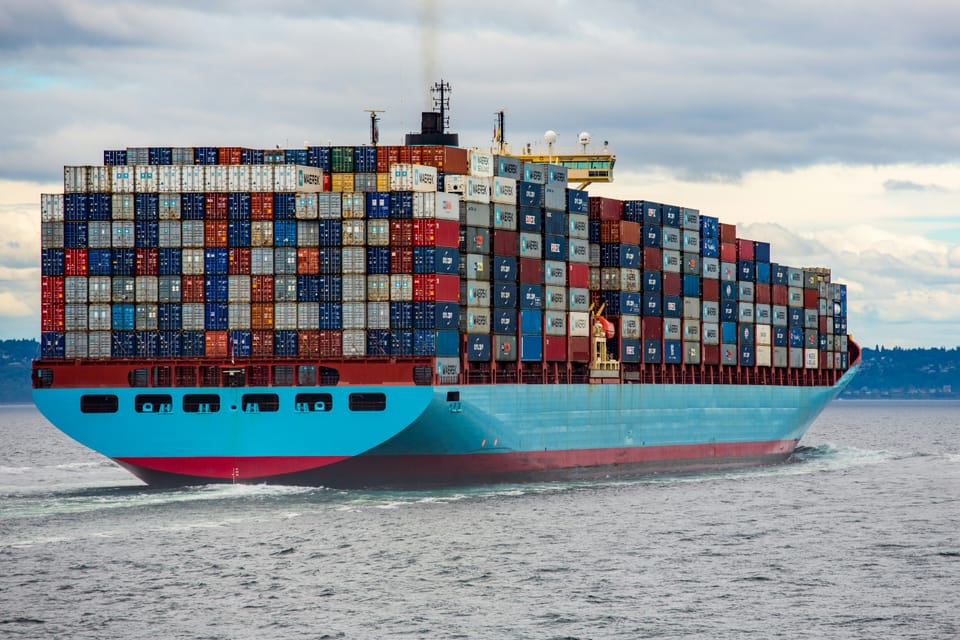Chancay: The New Pearl in China's Pacific Strategy

Introduction:
In 2024, China's Belt and Road Initiative (BRI) continues to make waves in the global economy. One of the most significant developments in the Americas is the emergence of Chancay, a megaport in Peru, as a key hub for China's Pacific strategy. With an investment of 3.5 billion dollars, Cosco, the world's largest port operator, is transforming Chancay into the largest logistics center in South America. In this article, we will explore the implications of this development for regional trade and geopolitics.
The Belt and Road Initiative:
The BRI is a massive infrastructure project aimed at connecting China with the rest of the world through a network of roads, railways, ports, and sea routes. Launched in 2013, the initiative has already made significant progress, with China investing heavily in infrastructure projects across the globe. The BRI has two primary components: the land-based Silk Road Economic Belt and the ocean-going Maritime Silk Road.
Chancay: The New Pearl in China's Pacific Strategy:
Located on the Pacific coast of Peru, Chancay is a strategic location for China's BRI. With its proximity to the Panama Canal and the busy trade routes of the Pacific, Chancay is set to become a crucial hub for China's trade with South America. The megaport is being designed to handle 1.5 million containers with a capacity of 20 feet equivalent unit (TEU) and will feature 11 berths for ships of up to 18,000 TEU.
The investment in Chancay is not limited to the port itself. Cosco and its local partner, Volcán, are also planning to build an intermodal transportation system, including a railway and a highway, to connect the port with the rest of South America. This will enable the efficient movement of goods and people between China and South America, further boosting trade and economic growth in the region.
Regional Implications:
The development of Chancay has significant implications for regional trade and geopolitics. For Peru, the megaport is expected to create thousands of jobs and attract foreign investment, boosting the country's economy. According to the Chinese Embassy in Lima, the BRI projects in Peru, including Chancay, are expected to create a corridor that will connect the country with Chile, Ecuador, and Colombia, further integrating the region into the global economy.
The development of Chancay is also likely to impact the balance of power in the region. China's increasing influence in South America has raised concerns in Washington, with the US Senate issuing a report highlighting the risks of China's investments in the region. The report notes that China's control of key infrastructure, such as ports, could pose a threat to US national security.
Conclusion:
Chancay is set to become a crucial pearl in China's Pacific strategy, providing a vital link between China and South America. The development of the megaport has significant implications for regional trade and geopolitics, and its impact will be felt beyond Peru's borders. As China continues to expand its influence in the region, it is essential for policymakers and business leaders to understand the opportunities and risks associated with the Belt and Road Initiative. By doing so, they can ensure that the region's economic growth is sustainable and equitable, benefiting all nations involved.